Over the last two decades, One Piece has managed to stay the undisputed king of Shonen Jump, outliving the many sensations that come and go and drawing in fans of all ages. A huge reason for One Piece‘s appeal is its straightforward story and lovable cast of characters, as well as Eiichiro Oda’s unblemished reputation as the series’ author.
Videos by ComicBook.com
That said, given how long One Piece has been running, the series itself does have its fair share of moments that have not aged as well. Be it in the anime or the manga, One Piece has had quite a few instances that have stirred up controversy over the years. While a few of these controversial moments can be chalked up to individual opinions, others are much harder to defend and still haunt fans even years later.
Yamato’s Gender
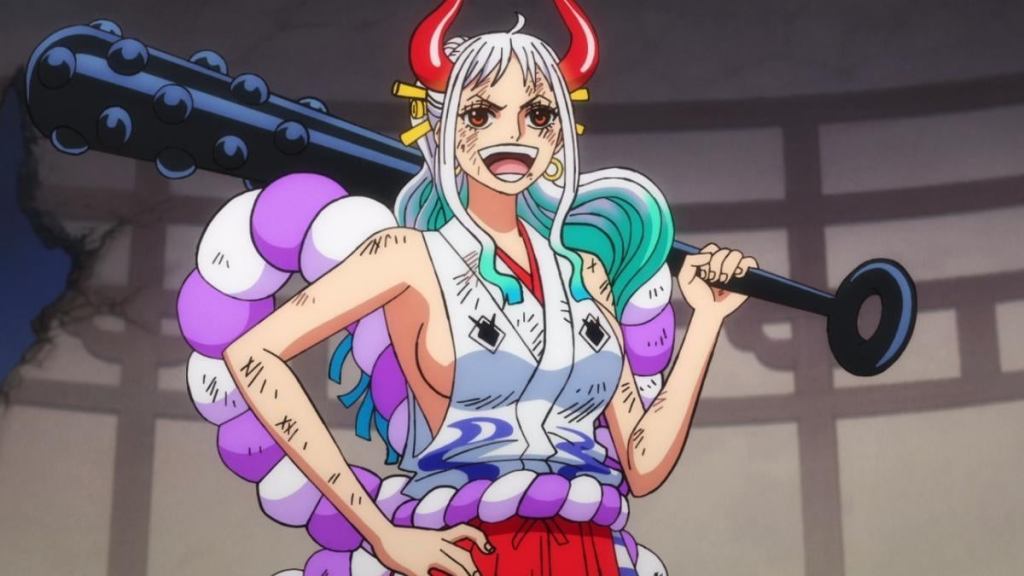
One of the most recent examples of instances in One Piece that left fans divided is Yamato’s gender identity. What caused a stir is that Yamato, in identifying as Kozuki Oden refers to himself as Kaido’s son rather than daughter, even using male pronouns to refer to himself in Japanese.
As with Kikunojo, the portrayal of Yamato’s gender identity isn’t problematic by itself but rather subtle, tasteful trans representation, at least in comparison to One Piece‘s previous portrayal of trans characters. Most of the controversy surrounding Yamato stemmed from the general confusion and mixed reception from fans instead.
Gear Five’s Cartoonishness in the Anime

One of the biggest sources of controversy in One Piece as of late was actually Luffy’s newest form, Gear Five, which received a very mixed reception upon its anime debut. Though the reveal in the manga was also met with some skepticism, Gear Five’s debut in the anime sparked countless heated debates due to its goofiness which was turned up even further in the anime.
Many argued that Gear Five was ruining One Piece and would take away the seriousness from future fights while others argued that Gear Five’s reality-bending powers were simply too overpowered. But of course, the Egghead arc has proved that Gear Five can be goofy while still giving fans amazing fights that are just as tense and that One Piece still has many formidable opponents who can measure up to Gear Five in store.
Robin’s Post-Timeskip Change in Skin Tone
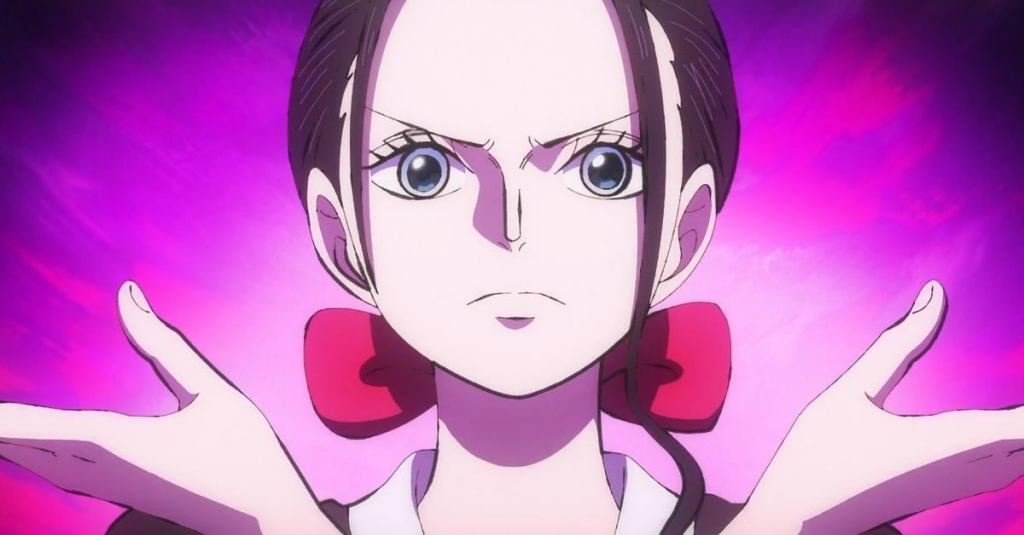
Along with the new revamped animation, One Piece‘s time-skip also saw many of the Straw Hats get a redesign, though one particular change that fans are still quite upset with to this day is the lightening of Robin’s skin tone. Robin, along with Zoro and Usopp, were noticeably whitewashed after the time skip, and it is still unclear why.
The common assumption is that Toei simply guessed Robin’s skin tone was darker since there hadn’t been an official colored illustration released of her at the time of her anime debut and that they simply changed her skin color to be more accurate following the time skip. Still, regardless of the reason, this change remains a point of contention even years later, with many fans wanting Robin to return to her old iconic look.
The Fan Service Around Jewelry Bonney
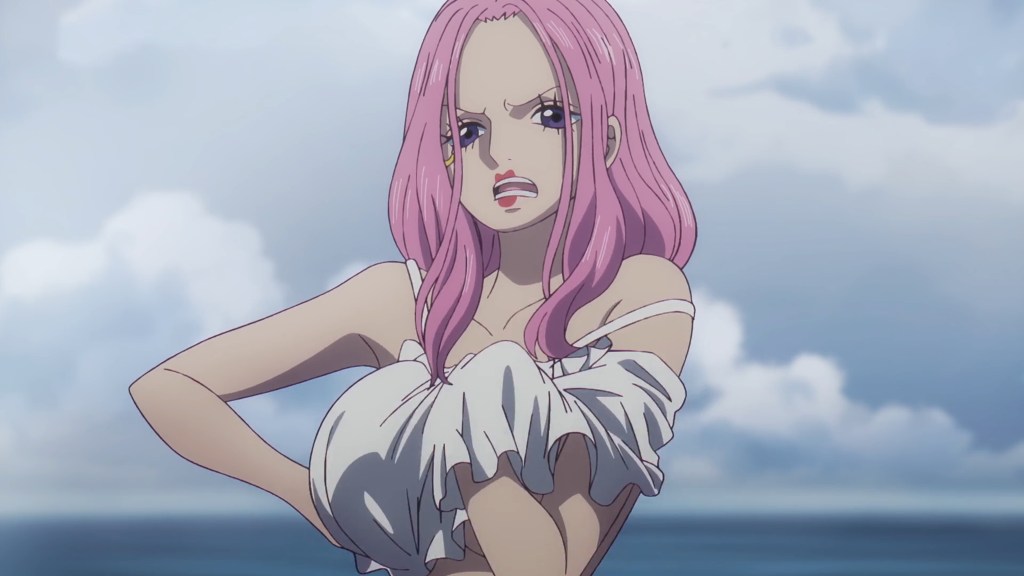
One Piece‘s Egghead Arc has seen Jewelry Bonney finally take the spotlight, though certain recent revelations about her have caused some controversy. Though not revealed in the anime just yet, Chapter 1098 of One Piece confirms that Bonney is, in fact, 12 years old and has been using her devil fruit powers to appear older.
This revelation of Bonney’s true age paints the countless instances of fan service around her in a rather uncomfortable light. Even the beginning of the Egghead Arc portrays Bonney quite provocatively and scenes such as Blackbeard asking Bonney to become his woman have especially aged poorly in retrospect.
S-Snake’s Powers Working on Adults
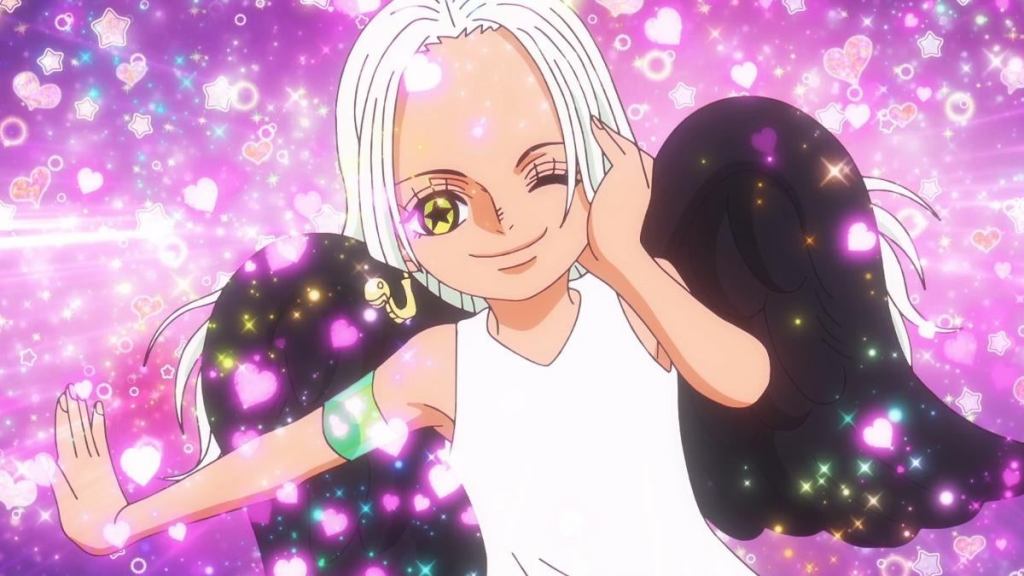
The Seraphim are one of One Piece’s coolest new additions to the story that have introduced the possibility for many interesting matchups especially since many of these Warlord clones wield interesting devil fruit powers. In the case of S-Snake, the clone of Boa Hancock, she too wields the power of the Love-Love Fruit. However, the implications of this power being used by S-Snake with her childlike appearance have rightly caused quite a bit of controversy especially after they seemed to work just as well even on adults.
This is because the Love-Love Fruit’s powers of petrification seem to rely on feelings of lust toward its user, at least with Hancock. The SBS section in volume 106 of One Piece has since clarified that the Love-Love Fruit’s powers even work when one thinks the user is cute, likening S-Snake’s charm to how one might find an infant cute, though that still doesn’t stop it from being extremely weird.
[Related: One Piece’s German Luffy Goes Viral For Unbelievable Gear Fifth Performance]
Pell’s “Death”
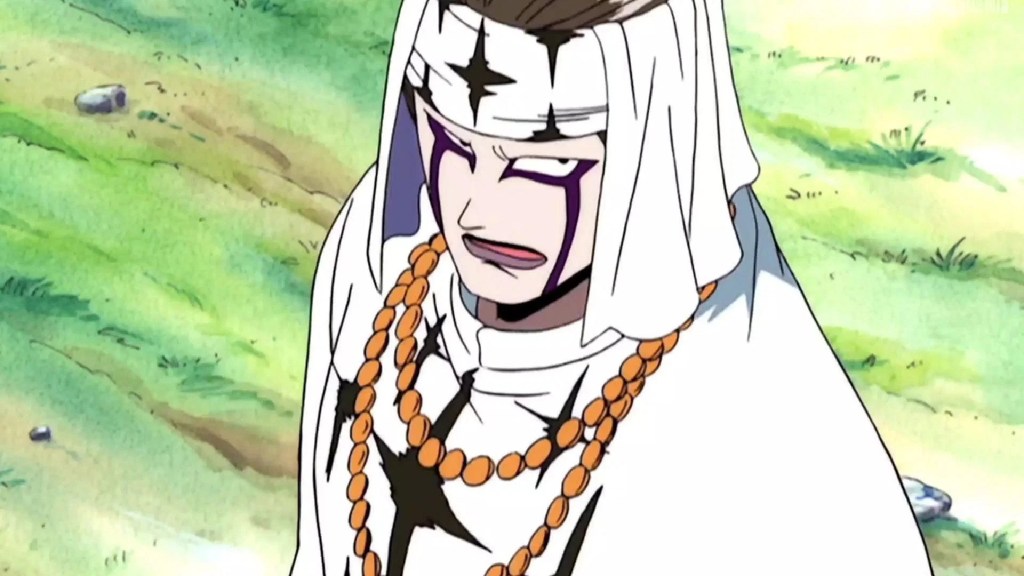
One controversial decision that no doubt haunts fans of One Piece fans to this day is Pell’s so-called death. It has been decades since Pell emotionally sacrificed himself only to turn out to be alive a few chapters later but to this day, this fakeout is one of the biggest reasons why many fans will not believe a character is truly dead unless they see the body or the funeral, or both.
To make matters worse, One Piece has continued to do so since with multiple characters like Igaram, Sabo, and most recently Dr. Vegapunk. While not as egregious as other controversial instances in One Piece, Pell’s death is most commonly regarded as the beginning of this unfortunate trend of fakeout deaths and it seems Oda doesn’t intend on stopping any time soon.
Vander Decken’s Obsession with Shirahoshi
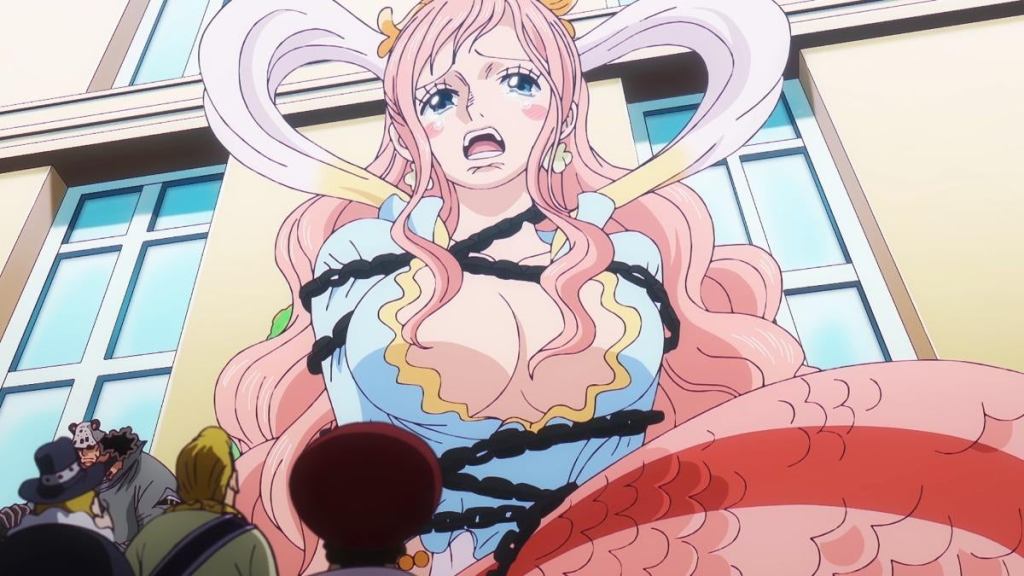
One of the weirdest aspects of the Fishman Island Arc that often gets overshadowed by other criticisms of the arc is Vander Decken’s very inappropriate decade-long obsession with Shirahoshi which begins when the latter is six years old while Decken is 25.
Decken not only stalks Shirahoshi using his devil fruit powers but even tries to kill her when she doesn’t agree to marry him in the present day, at which time she is only sixteen years old. Granted, the Mermaid Princess is at the age of consent in Japan, though this doesn’t make Vander Decken’s obsession with her any less creepy.
Absalom’s Inappropriate Behaviour Toward Nami
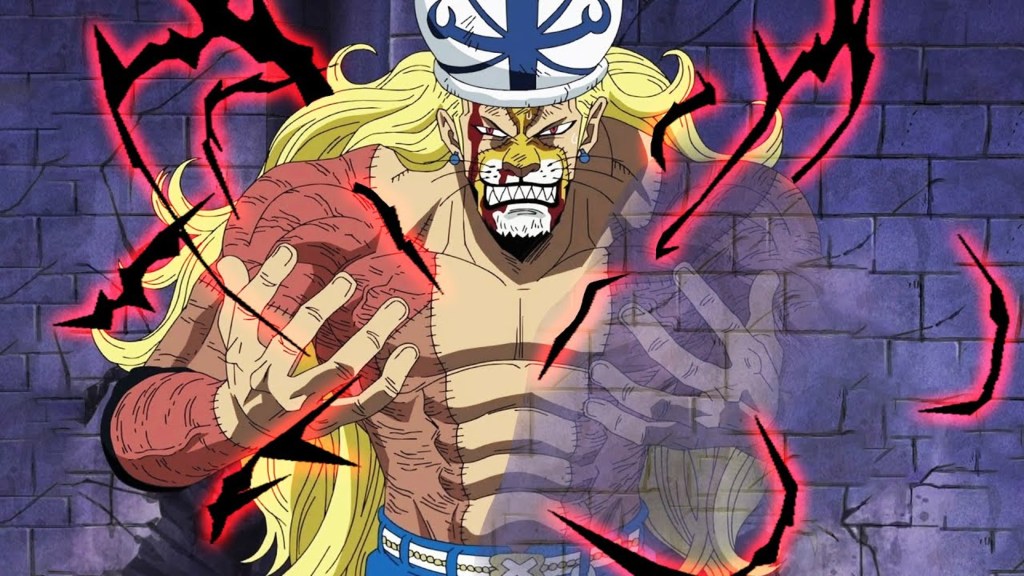
While One Piece undoubtedly has its share of perverts and simps, the Thriller Bark Arc sees Absalom simply take it too far. During the arc, Absalom abuses the powers of his Clear-Clear Fruit to peek at Nami, with his behavior towards her easily classifiable as harassment. He not only intrudes on her privacy without consent but also grabs her by her wrists and pins her against a wall before declaring her his bride.
Absalom then goes on to kidnap Nami and attempts to marry her while she is unconscious. Admittedly, it is hard to condemn Absalom for peeking when Sanji himself has tried to do so with his Germa powers and gotten away with it mostly judgment-free, Absalom’s actions as a whole are far more sinister and predatory than any other in One Piece.
Kamabakka Kingdom’s Treatment of Sanji
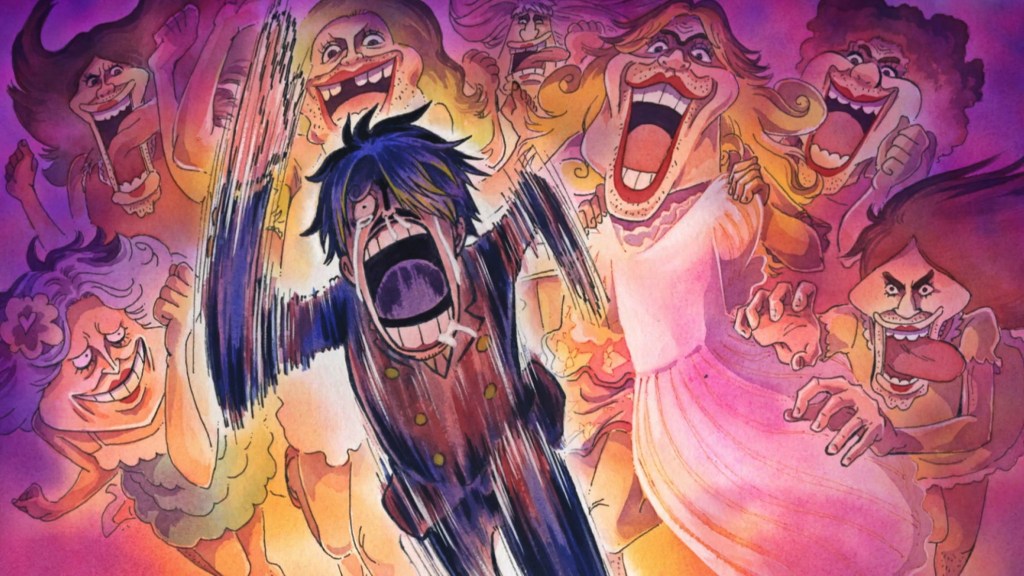
Despite Bon Clay, Ivankov, and the okama at Impel Down serving as model representations of Japan’s okama culture as well as the transgender community, Kamabakka Kingdom’s portrayal during the time skip sadly missed the mark. The okama themselves have been poorly received in the West, being seen as caricatures and nothing but instruments for cheap comedy. This is mostly because of the stark difference between okama culture and drag culture in the West.
That said, while the visuals and designs of the okama can be somewhat justified, one thing that cannot is their behavior toward Sanji. When Sanji arrives at Kamabakka Kingdom during the time skip, the okama can be seen chasing him down to force him into becoming an okama, with Sanji himself describing the place and his time there as a living hell. Of course, the point of this was to give Sanji a taste of his own medicine, though portraying the okama in this way does push the harmful false rhetoric about transgender people and drag queens being predators, even if this may not have been Oda’s intent.
Whitebeard’s Original Jolly Roger
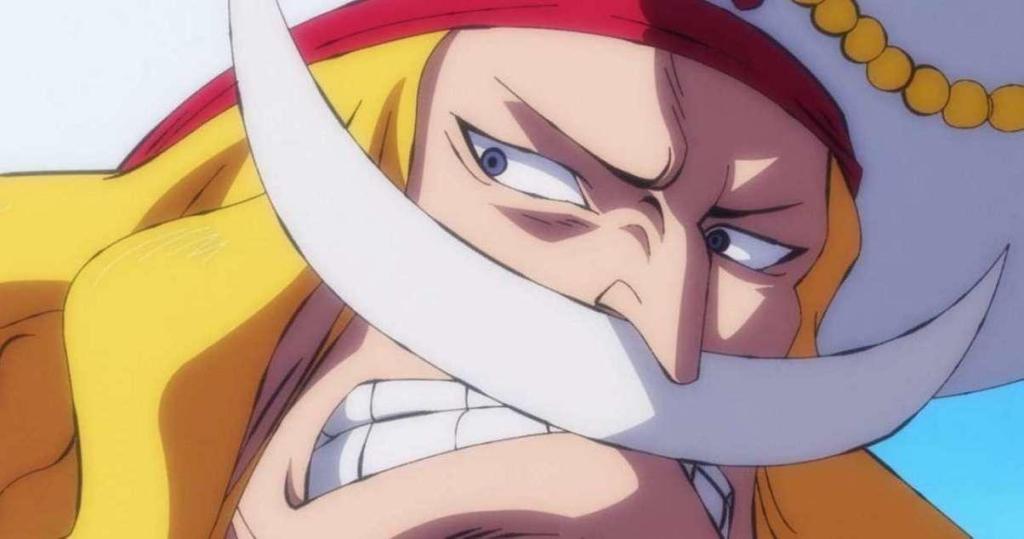
Though many may not be aware of this, Whitebeard’s Jolly Roger wasn’t always the cross-shape that fans today know it to be. Whitebeard’s original symbol as well as Ace’s iconic back tattoo used to be a swastika instead and was changed upon Oda’s editor’s request to avoid controversy as One Piece began to grow popular outside of Japan.
Though the swastika is generally associated with good luck and auspiciousness across South East Asia, the symbol largely has negative connotations in the West due to Nazi appropriation which is why it was eventually changed to something far less offensive. Safe to say, this was the right call by Oda’s editors regardless, as One Piece surely would have had quite a huge controversy on its hands otherwise.
One Piece is available to watch on Crunchyroll and Netflix with the manga available from Manga Plus and Viz Media!








